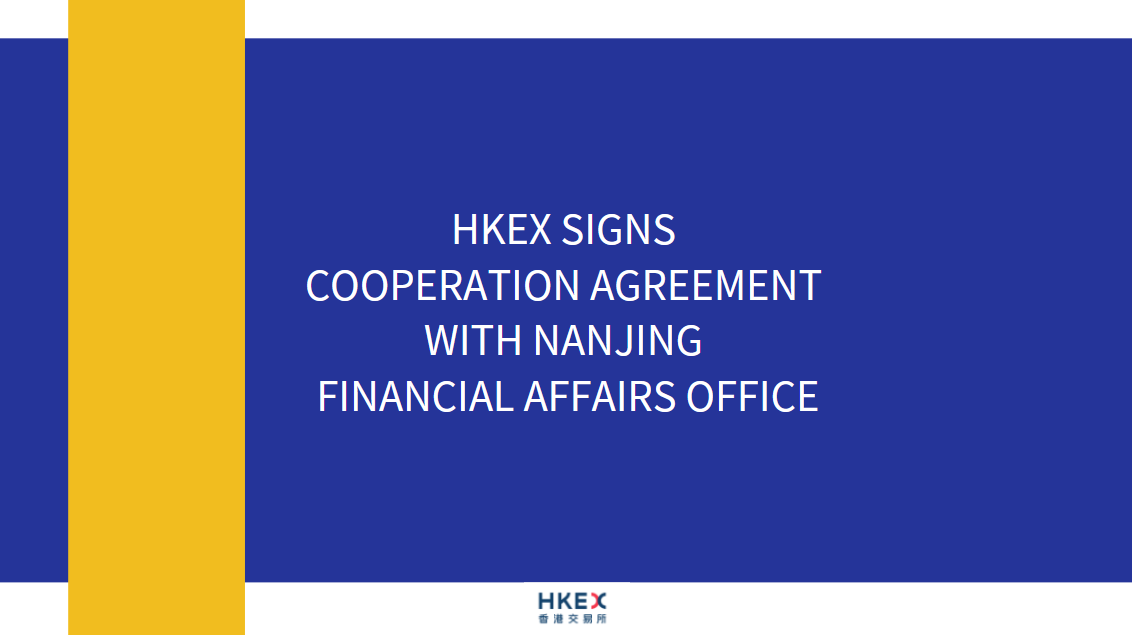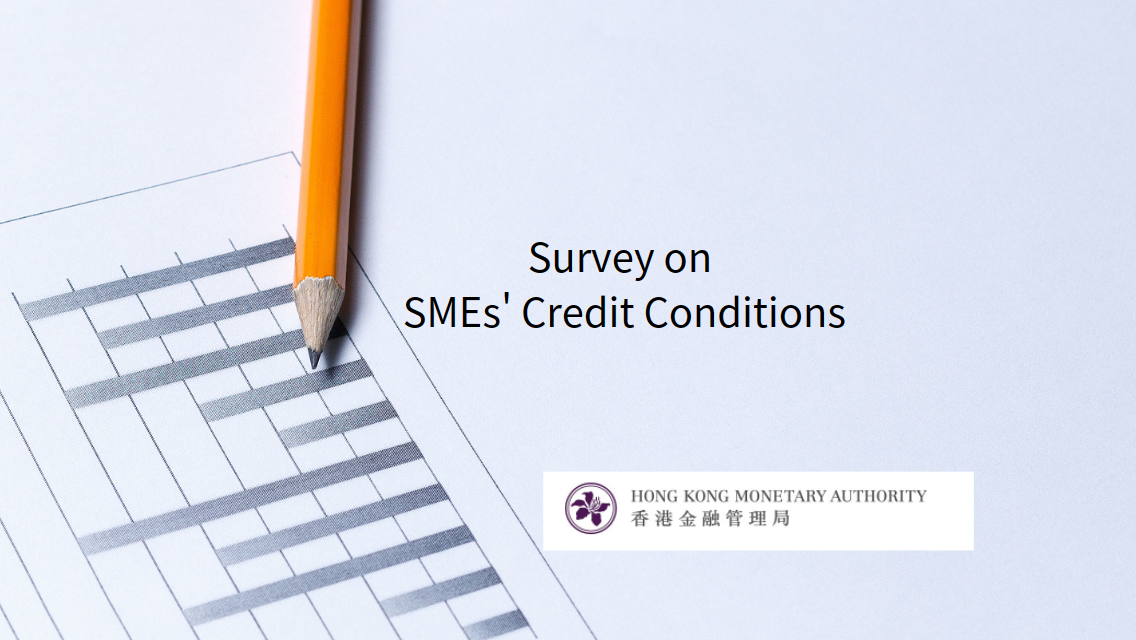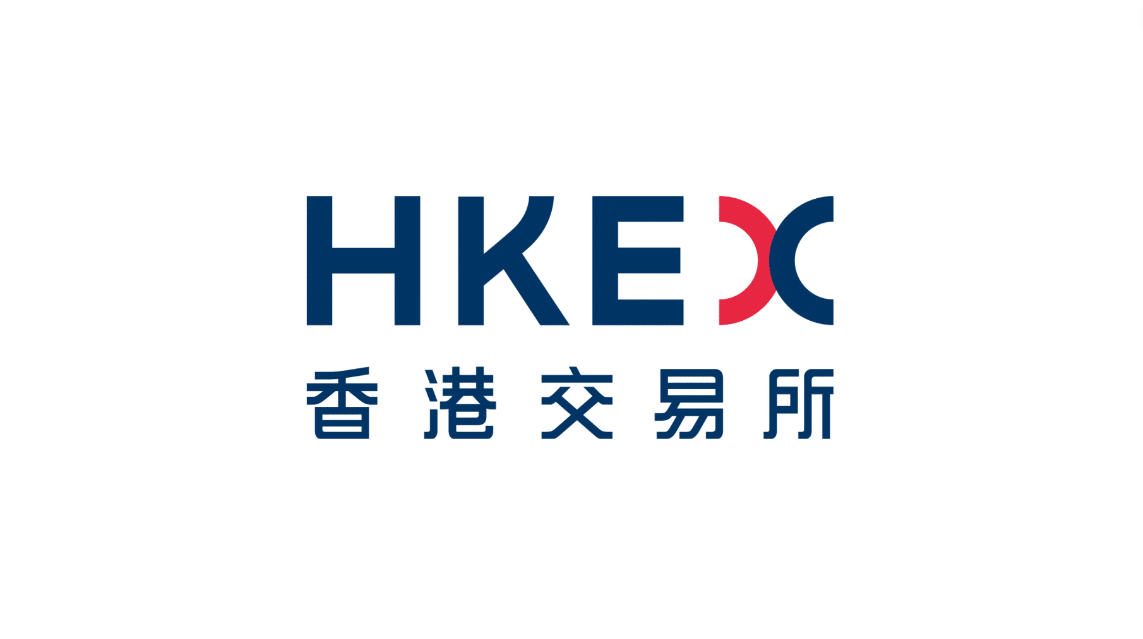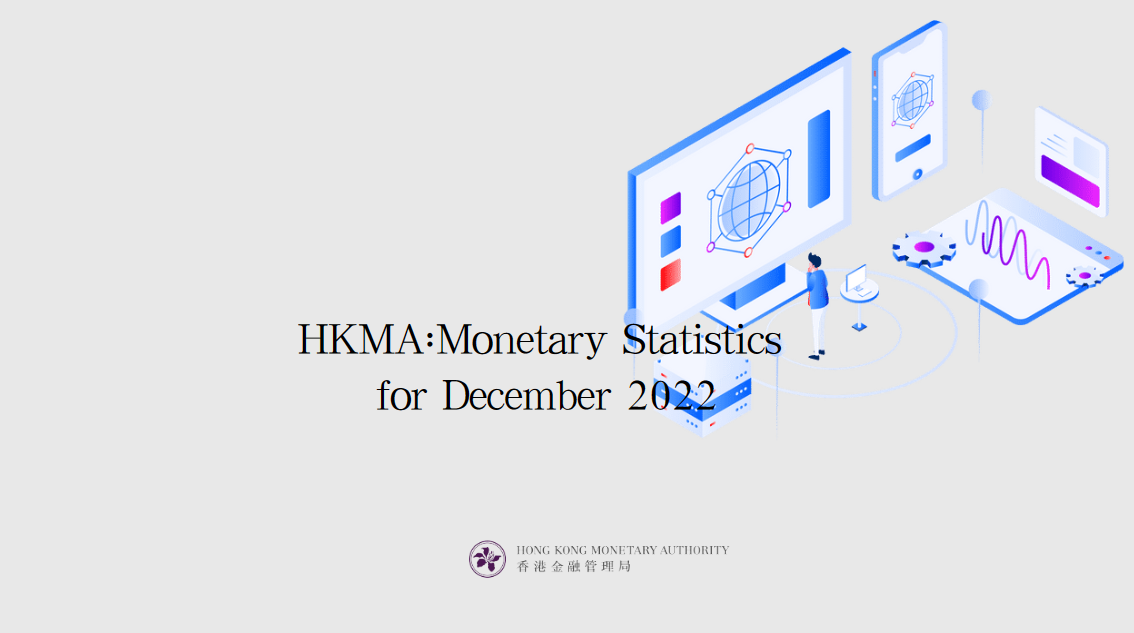Transaction Monitoring, Screening and Suspicious Transaction Reporting
Download → Transaction Monitoring, Screening and Suspicious Transaction Reporting
Introduction
Background and scope
1.1 This Guidance Paper replaces the “Guidance Paper on Transaction Screening, Transaction Monitoring and Suspicious Transaction Reporting”, which the Hong Kong Monetary Authority (HKMA) first published in 2013 and updated in 2018. The updates in this Guidance Paper take into account changes in the use of data and technology, key observations from the HKMA’s recent thematic reviews, enforcement actions, industry best practices, and feedback from the Joint Financial Intelligence Unit (JFIU) on quality and consistency of suspicious transaction reporting.
1.2 This Guidance Paper should be read in conjunction with the Anti-Money Laundering and Counter-Terrorist Financing Ordinance (AMLO), the Guideline on Anti-Money Laundering and Counter-Financing of Terrorism (For Authorized Institutions) (AML/CFT Guideline), other guidance issued by the HKMA and relevant competent authorities, and other applicable laws. The AML/CFT Guideline sets out relevant statutory1 and regulatory requirements. While this Guidance Paper does not form part of the AML/CFT Guideline, it supplements the HKMA’s principle-based requirements by providing practical guidance on the measures Authorized Institutions (AIs) can take, in the areas of transaction monitoring, screening and suspicious transaction reporting, to mitigate money laundering (ML), terrorist financing (TF), financial sanctions and proliferation financing (PF) risks.
1.3 The HKMA expects AIs to give consideration to adopting the practices this Guidance Paper describes, where appropriate, to improve their risk-based AML/CFT policies, procedures and controls (AML/CFT Systems), taking into consideration the nature, size and complexity of their businesses and the ML/TF risks that arise.
Use of technology and data
1.4 Transaction monitoring and screening are areas where AML/CFT technology application is comparatively mature; therefore, this Guidance Papertakes into account recent technological advances and good practices, the increased focus on data quality and integration of external data2 as supporting pillars for effective AML/CFT Systems. AIs should make reference to other guidance and material3 on the adoption and innovation of AML/CFT technology issued by the HKMA, and continue to review the use of technology to help make their systems and processes more effective and efficient on an ongoing basis.




















































First, please LoginComment After ~